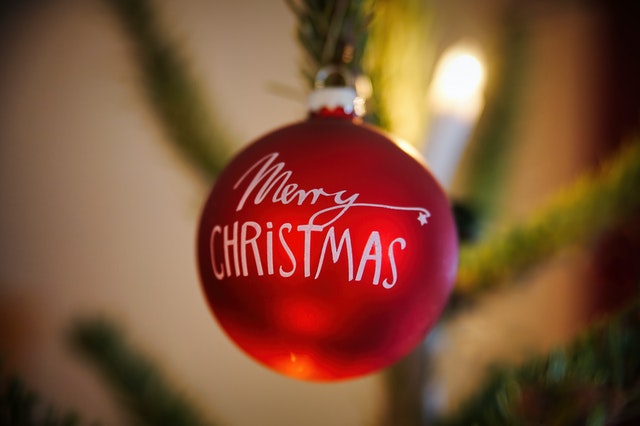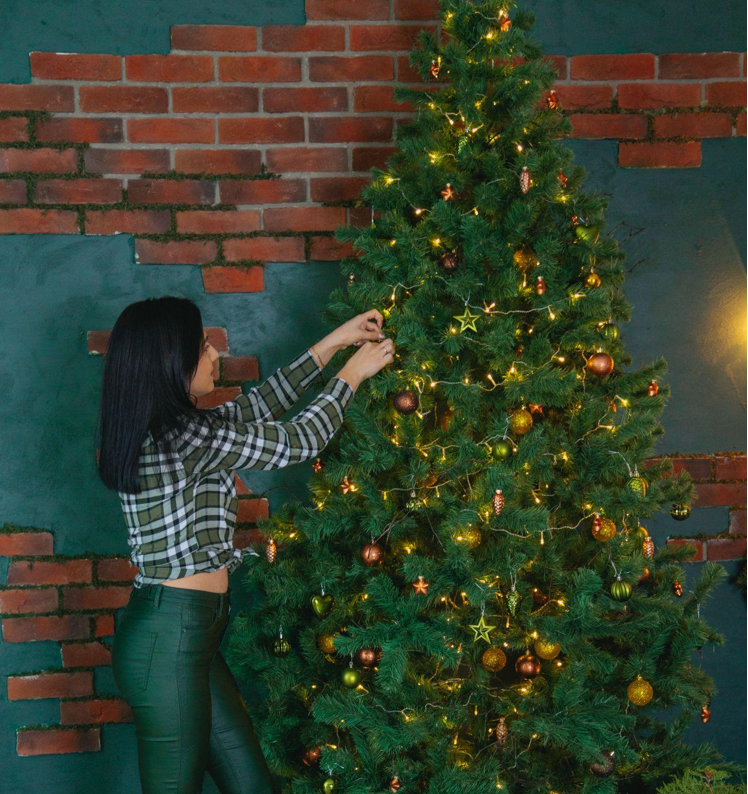Flocked vs. Unflocked: What’s the Difference?
You may have heard the terms flocked and unflocked when it comes to flocked artificial Christmas trees. But what do they mean? Simply put, a flocked tree is covered in a faux snow or frost coating, whereas an unflocked tree looks natural. Of course, both options have benefits, but one may be more suitable for your holiday décor.
The Pros and Cons of a Flocked Tree
A flocked tree may be the perfect addition to your holiday décor if you enjoy a winter wonderland feel. These trees often come in shades of white or silver, giving the impression of freshly fallen snow. They can add a touch of elegance to your home during the holidays and will surely be a conversation starter among your guests.
In addition to their appearance, flocked trees can be easier to decorate. The frost coating can be a natural garland, complimenting your ornaments and lights. It can also hide gaps or less attractive branches, making the tree look fuller and more symmetrical.
However, there are a few downsides to a flocked tree. Firstly, they can be more expensive than unflocked trees due to the different processes involved in adding the faux snow coating. They can also shed more than their unflocked counterparts, leaving snowflakes everywhere. Lastly, if the tree is not stored correctly during the offseason, the flocking can discolor or even come off, diminishing the overall effect.
The Pros and Cons of an Unflocked Tree
On the other hand, an unflocked tree can provide a more natural and timeless look to your holiday decor. They come in many colors and varieties, including traditional shades of green. Unflocked trees can also be more affordable than flocked, making them an excellent option for those on a budget.
One of the main advantages of an unflocked tree is its durability. They can withstand years of use and storage without losing their appeal. Additionally, they are less likely to shed needles or flocking, leaving fewer messes to clean up. An unflocked tree also offers more flexibility in decorating styles, as they can be dressed with any color scheme or theme.
However, just like flocked trees, unflocked trees have a few drawbacks. They may require a bit more maintenance, as needles can fall out if the tree is not correctly watered and cared for. Additionally, the branches may not be as symmetrical or full as those of a flocked tree, requiring extra fluffing and rearranging to achieve the desired look.
Final Thoughts
So, which tree is right for you? In the end, the decision comes down to personal preference and lifestyle. Flocked trees may be more dramatic and easier to decorate, but they require more maintenance and have a higher price tag. Unflocked trees, conversely, can offer a more classic and natural look but may require a bit more upkeep.
When choosing your tree, consider cost, maintenance, and overall appearance. Think about the style you want to convey and how the tree will fit into your decor. Remember, a Christmas tree is a cherished part of the holiday season, bringing joy and beauty into your home for weeks, whether flocked or unflocked.




